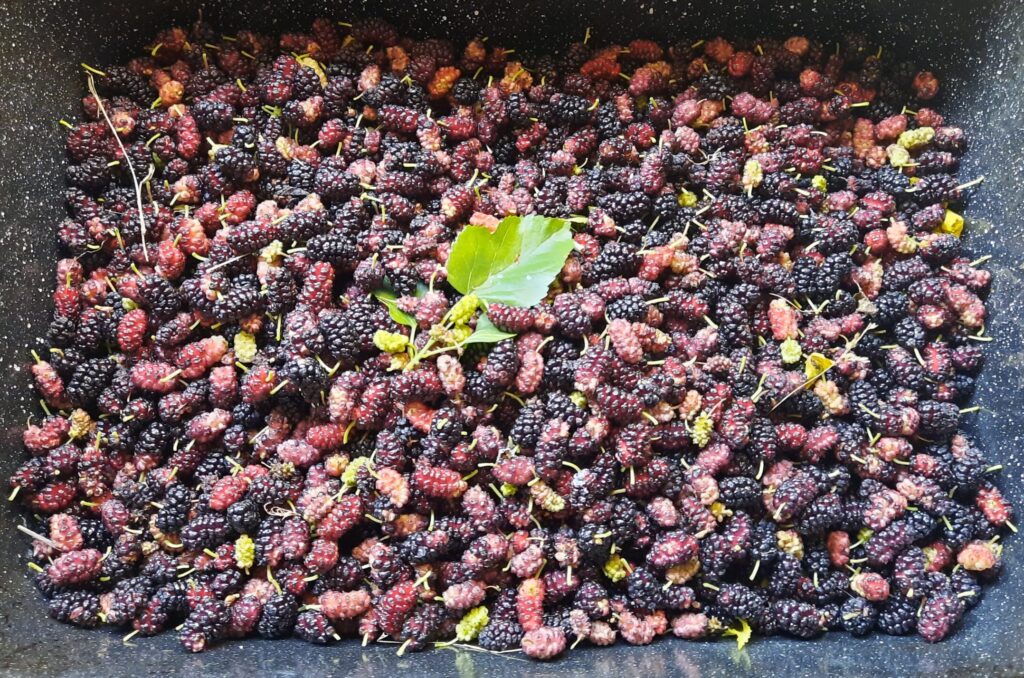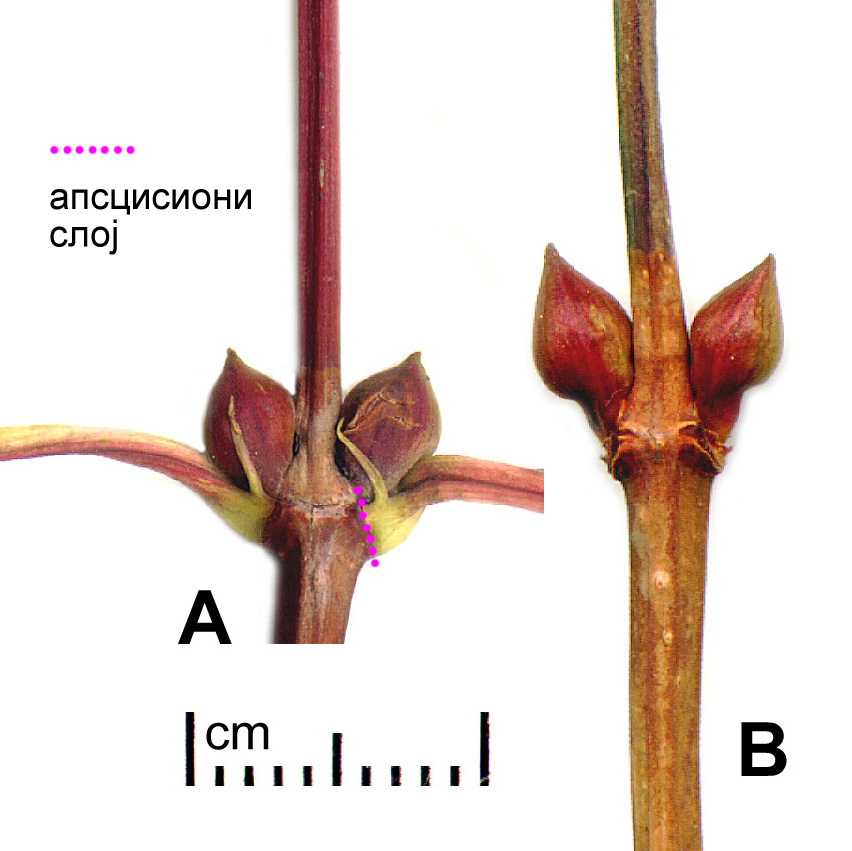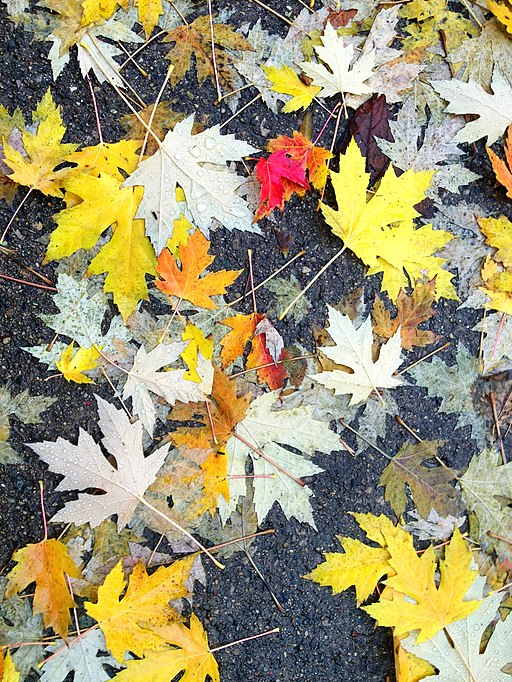
A simple, efficient, traditional method for harvesting tree fruit
Last year (2021), I was in Turkey during the olive harvesting season. While I was there, I got to observe how the locals harvested olives from their trees.
It went something like this. First, a tarp was spread underneath the trees. Next, long sticks were used to tap and shake the higher branches (kind of like this), causing the olives to drop down onto the tarp. Then all of the olives on the tarp were collected.
While this may not be the most efficient of all olive harvesting methods, it’s still more efficient than picking by hand. And it’s really simple too.
Now fast forward to June 2022: back in the USA, and it’s mulberry season!
Like olives, mulberries are also a small, tree fruit. Wondering how I could harvest the fruit that was out of reach, I remembered the olive harvesters in Turkey. This inspired me to adapt their method to my needs.
I even created a video to demonstrate this harvesting method. (see below)
Why does this method work? A look at the science

As you can see in the picture above, most of the mulberries I harvested using this method were ripening or ripe (some shade of red/purple). This is despite the fact that there were a lot of unripe (whitish) mulberries on the tree.
Why is that? What allows the riper fruit to detach and fall more easily from the tree than the unripe fruit do?
To understand this, let’s take a look at a process called abscission. According to Wikipedia:
“Abscission (from Latin ab- ‘away’, and scindere ‘to cut’) is the shedding of various parts of an organism, such as a plant dropping a leaf, fruit, flower, or seed.”
Abscission. (accessed 2022, June 13). In Wikipedia. https://en.wikipedia.org/wiki/Abscission
One way to think of abscission is as a process that plants use to get rid of parts they no longer need. For example, in the autumn, abscission causes the leaves of deciduous trees to detach and fall away. (see images below)

Image credit: Gmihail at Serbian Wikipedia, CC BY-SA 3.0 RS https://creativecommons.org/licenses/by-sa/3.0/rs/deed.en, via Wikimedia Commons

Image credit: John Robinette, CC BY-SA 4.0 https://creativecommons.org/licenses/by-sa/4.0, via Wikimedia Commons
Abscission is also what causes ripe fruit, such as mulberries, to detach and fall to the ground. By letting go of ripe fruit, the plant accomplishes a few things:
- The fruit–and more importantly, the seeds they contain–become available to animals on the ground. In this way, the ground-dwelling animals can eat and spread the seeds far away.
- The seeds can sprout directly where they fall.
- The tree is freed from having to support the fruit with additional water, nutrients, etc.
But abscission does not happen all of a sudden. As I understand it, the connection between branch and fruit occurs gradually over time. Because of this gradual process, the connection between fruit and branch weakens gradually.
Abscission tends to progress over the course of ripening. The connection between the peduncle (fruit stem) and the tree branch is weakened in ripe fruit relative to unripe fruit, due to the abscission process. This is what allows us to get mostly ripe fruit when we shake a tree.
So the next time you’re harvesting fruit from a tree and the ripe fruit detach with ease, you’ll know why.
Any thoughts, questions, comments, stories? I’d love to hear from you in the comments below!